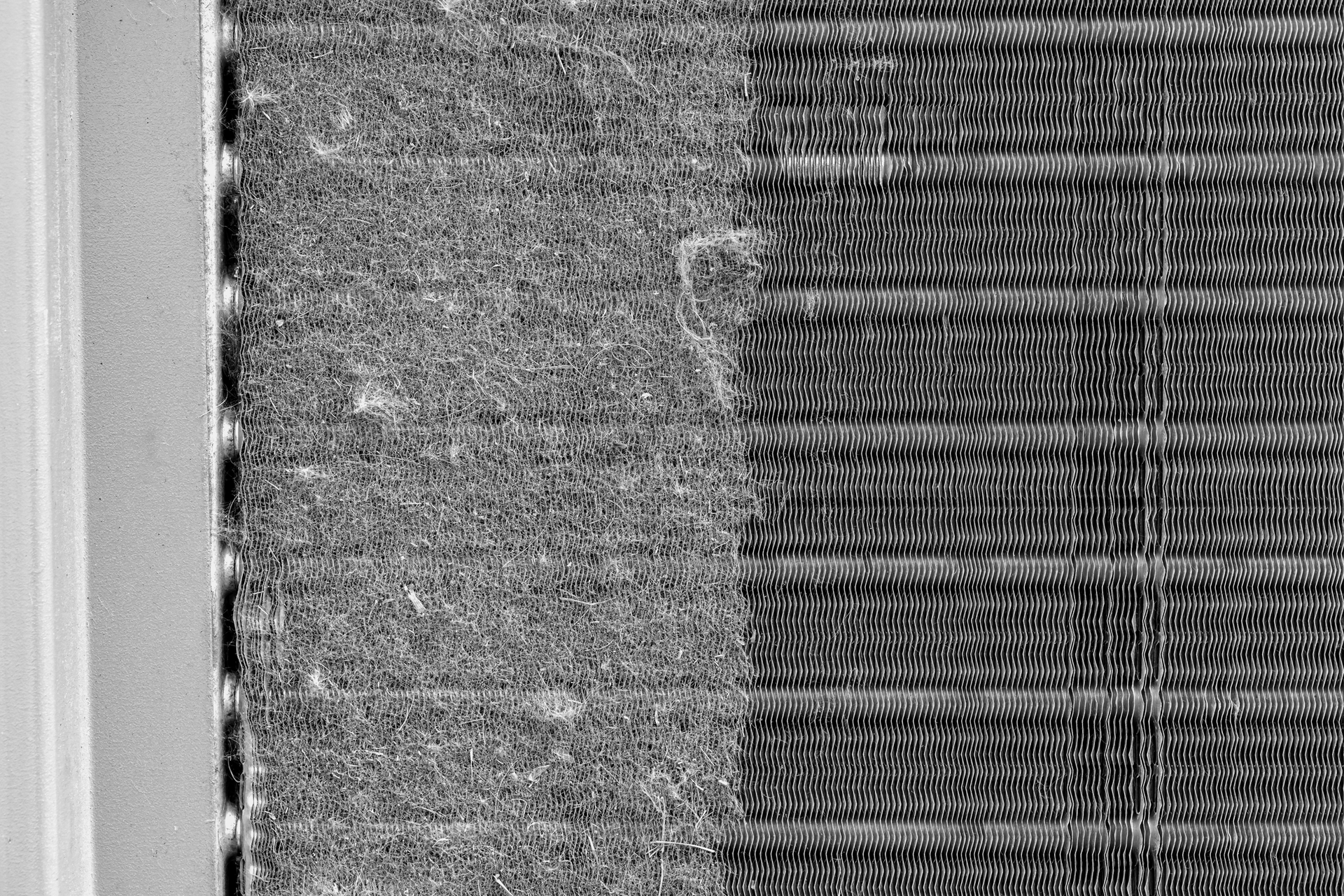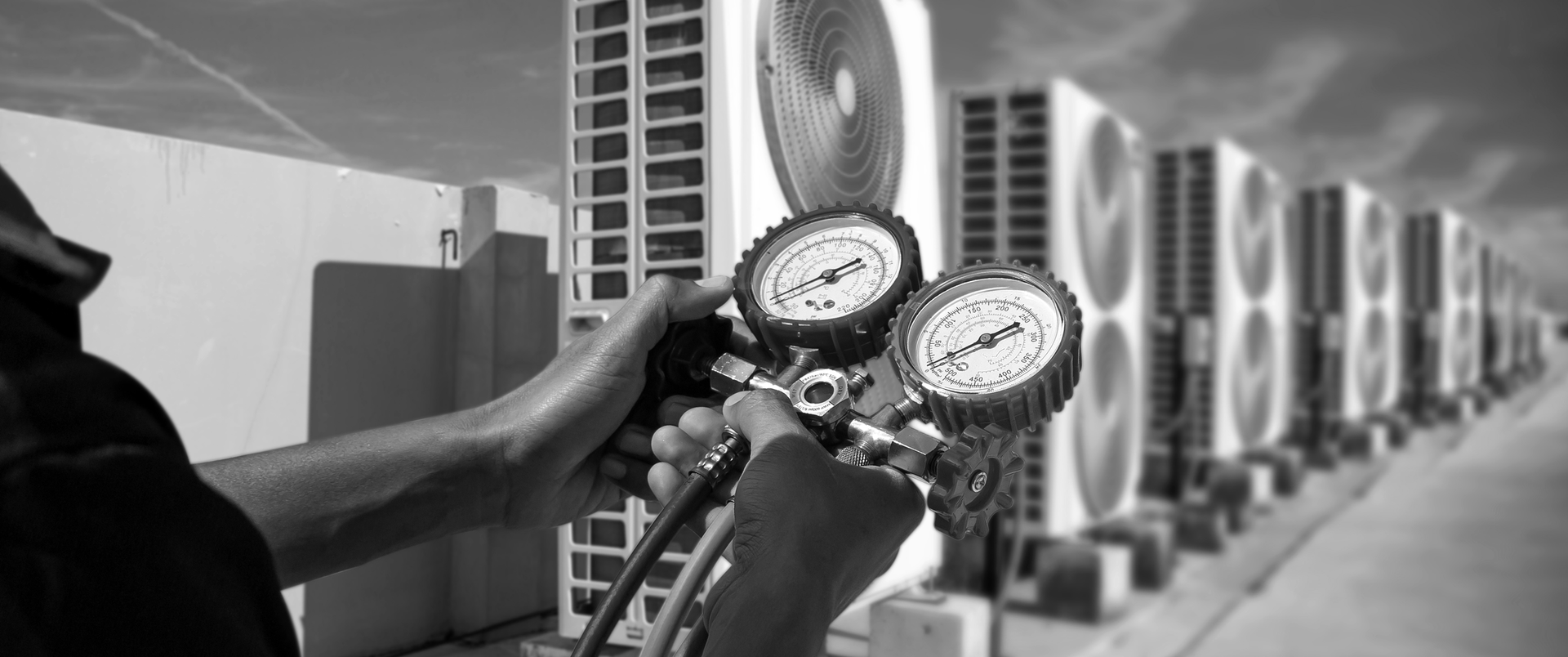HVAC Monitoring Wars
Which System Gives You the Best Insights?
As a commercial facility manager overseeing a network of retail stores, banks, medical offices, or other chain locations, understanding the technological tools available for managing your HVAC systems is crucial. Three primary systems to consider are Energy Management Systems (EMS), Building Automation Systems (BAS), and Remote Equipment Monitoring (REM). Each offers unique functionalities that can enhance operational efficiency, reduce costs, and improve occupant comfort.
Energy Management Systems (EMS):
An EMS focuses on monitoring and optimizing a building's overall energy consumption. It collects data on energy usage patterns, identifies inefficiencies, and recommends strategies for reducing energy waste. By providing insights into the building's environmental performance, an EMS aids facility managers in achieving significant cost savings and enhancing sustainability efforts. However, its insights are typically generalized and may not provide detailed information about individual HVAC units.
Building Automation Systems (BAS):
A BAS integrates and controls various building systems, such as HVAC, lighting, and security, through a centralized platform. By automating these functions, BAS optimizes energy efficiency, improves occupant comfort, and reduces maintenance and operational costs. For example, a BAS can adjust HVAC settings based on occupancy patterns, ensuring that energy is not wasted in unoccupied areas. However, while BAS provides a comprehensive overview of building operations, it may not offer detailed insights into the performance of individual HVAC units.
Remote Equipment Monitoring (REM):
REM involves attaching sensors directly to each HVAC unit, enabling real-time data collection on the performance of individual pieces of equipment. This granular approach allows facility managers to monitor specific parameters such as temperature, humidity, airflow, and energy consumption for each unit. By focusing on individual equipment rather than the overall environment, REM offers several advantages:
- Early Fault Detection: Continuous monitoring of each unit facilitates the early detection of malfunctions or performance declines, allowing for proactive maintenance and reducing the risk of costly breakdowns.
- Enhanced Energy Efficiency: By analyzing data from each HVAC unit, REM enables precise adjustments to optimize performance, leading to improved energy efficiency and reduced operational costs.
- Extended Equipment Lifespan: Timely identification and resolution of issues at the unit level can prevent excessive wear and tear, thereby extending the lifespan of the equipment.
- Remote Troubleshooting: Facility managers can assess and address equipment issues remotely, reducing the need for on-site visits and associated costs.
- Lower Cost: Since REM focuses solely on HVAC units rather than integrating multiple building systems like EMS or BAS, it comes at a lower cost while still providing detailed, unit-specific performance data.
Implementing REM provides a detailed, unit-specific perspective that EMS and BAS lack, making it a superior choice for facility managers seeking comprehensive oversight and control over their HVAC systems. By focusing on the performance of individual units, REM enables more accurate diagnostics, targeted maintenance, and ultimately, a more efficient and reliable HVAC infrastructure across all your facilities.
The Future of HVAC Monitoring
The HVAC industry is rapidly evolving, with emerging technologies poised to further enhance system monitoring and management. The integration of the Internet of Things (IoT) allows HVAC systems to automatically adjust settings based on room occupancy, usage patterns, and environmental conditions, improving energy efficiency and occupant comfort. Artificial Intelligence (AI) and machine learning are also playing a significant role in optimizing HVAC responses to weather changes and occupancy trends, making buildings smarter and more energy-efficient. Additionally, advanced data analytics enable more accurate diagnostics and predictive maintenance, reducing downtime and maintenance costs. As these technologies continue to develop, facility managers who adopt them will gain greater control over their HVAC systems, leading to improved efficiency, cost savings, and a more sustainable approach to building management.
To read more about how integrating data from existing building systems can enhance operational efficiency, sustainability, and occupant satisfaction, check out Smart Buildings Magazine’s article "From Insights to Action: A Framework for Smarter Connected Building Operations".
Want to dive deeper into the future of HVAC monitoring? Download our white paper, “Next-Gen HVAC: Why REM is the Key to Predictive Maintenance,” to explore how REM outperforms EMS and BAS in delivering real-time insights and proactive maintenance strategies!
Unlock Your Download by Completing the Form Below
Have thoughts on HVAC monitoring? Drop a comment on our blog and join the conversation about the future of EMS, BAS, and REM!




Where Managing Becomes More
Impact Service Group
63 Copps Hill Road
Ridgefield, CT 06877
F: 203-431-8448
E:
info@impactservicegroup.com
Our newsletter is cooler than your air conditioning.
Subscribe to stay refreshed with the latest facility tips!
We will get back to you as soon as possible.
Please try again later.
All Rights Reserved | Impact Service Group